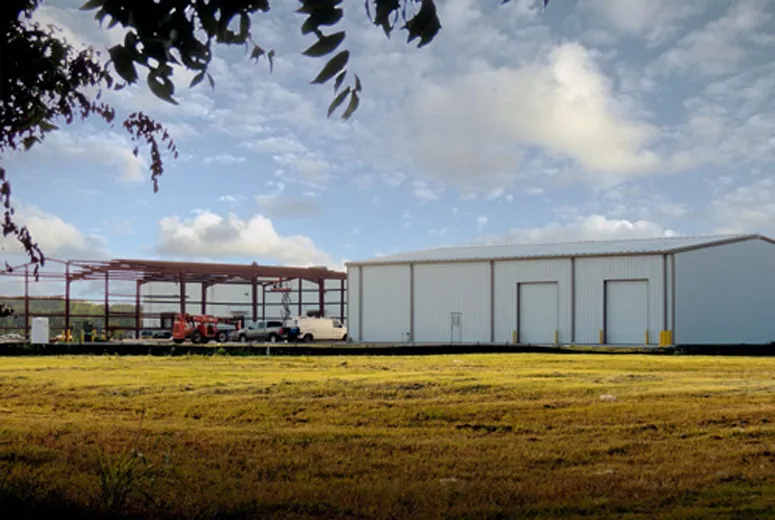- Afrikaans
- Albanian
- Amharic
- Arabic
- Armenian
- Azerbaijani
- Basque
- Belarusian
- Bengali
- Bosnian
- Bulgarian
- Catalan
- Cebuano
- Corsican
- Croatian
- Czech
- Danish
- Dutch
- English
- Esperanto
- Estonian
- Finnish
- French
- Frisian
- Galician
- Georgian
- German
- Greek
- Gujarati
- Haitian Creole
- hausa
- hawaiian
- Hebrew
- Hindi
- Miao
- Hungarian
- Icelandic
- igbo
- Indonesian
- irish
- Italian
- Japanese
- Javanese
- Kannada
- kazakh
- Khmer
- Rwandese
- Korean
- Kurdish
- Kyrgyz
- Lao
- Latin
- Latvian
- Lithuanian
- Luxembourgish
- Macedonian
- Malgashi
- Malay
- Malayalam
- Maltese
- Maori
- Marathi
- Mongolian
- Myanmar
- Nepali
- Norwegian
- Norwegian
- Occitan
- Pashto
- Persian
- Polish
- Portuguese
- Punjabi
- Romanian
- Russian
- Samoan
- Scottish Gaelic
- Serbian
- Sesotho
- Shona
- Sindhi
- Sinhala
- Slovak
- Slovenian
- Somali
- Spanish
- Sundanese
- Swahili
- Swedish
- Tagalog
- Tajik
- Tamil
- Tatar
- Telugu
- Thai
- Turkish
- Turkmen
- Ukrainian
- Urdu
- Uighur
- Uzbek
- Vietnamese
- Welsh
- Bantu
- Yiddish
- Yoruba
- Zulu
Dec . 03, 2024 12:13 Back to list
Understanding the Costs of Agricultural Sheds A Comprehensive Guide
Agricultural sheds play a vital role in the efficiency and productivity of farms, providing essential space for storage, machinery, and livestock. However, farmers and agribusiness owners must navigate various costs associated with constructing and maintaining these structures. This article explores the factors influencing agricultural shed costs, providing a comprehensive overview to help stakeholders make informed decisions.
1. Types of Agricultural Sheds
Before delving into costs, it's crucial to understand the different types of agricultural sheds. The primary categories include
- Storage Sheds Used for storing equipment, tools, and supplies. These can range from simple structures to complex facilities with climate control. - Livestock Sheds Designed to house animals, providing shelter from the elements. These sheds often need specialized features such as ventilation, feeding systems, and waste management. - Workshop Sheds Space for repairing and maintaining equipment. Workshops typically require more robust construction to accommodate machinery and tools.
Understanding the purpose of the shed helps farmers estimate their requirements and costs more effectively.
The choice of materials significantly impacts the overall cost of agricultural sheds. Common materials include
- Steel Known for its durability and low maintenance, steel is a popular choice for modern agricultural sheds. While the initial investment may be higher, its longevity and resistance to corrosion can justify the expense. - Wood Traditionally used for agricultural buildings, wood provides aesthetic appeal but requires more upkeep and may be susceptible to pests and rot. While wooden structures may be less expensive initially, their long-term costs can be higher due to maintenance needs. - Polycarbonate or Fabric These materials are often used for temporary structures or greenhouses. They tend to be less expensive but may not provide the same level of protection against the elements.
3. Size and Design
The size of the agricultural shed profoundly affects costs. Larger structures naturally require more materials and labor, resulting in higher expenditure. Additionally, the design of the shed plays a crucial role. Custom designs that incorporate specific features (like ventilation systems, insulation, or partitions) will incur additional costs compared to standard designs.
4. Location and Site Preparation
agricultural shed cost

The geographical location of the farm can greatly impact shed costs. Areas with high labor costs or stringent building codes may see increased construction expenses. Moreover, site preparation — including land clearing, leveling, and drainage systems — can add to the overall cost. Depending on the terrain and existing infrastructure, this preparation work can vary significantly.
5. Labor Costs
Labor costs fluctuate based on the complexity of the shed's design and local wage rates. Hiring skilled labor for specialized work — such as electrical installations or plumbing for livestock sheds — can further increase expenses. To manage costs effectively, farmers may opt to undertake certain labor-intensive tasks themselves, provided they have the requisite skills and tools.
6. Regulatory Compliance
Building regulations and zoning laws can influence the cost of agricultural sheds. Compliance with local building codes requires adherence to safety and environmental regulations, which may necessitate hiring professionals for architectural plans, engineering, and permits — adding to the overall budget.
7. Maintenance and Operating Costs
Beyond construction, maintaining an agricultural shed involves ongoing operational costs. Regular maintenance is necessary to ensure structural integrity and longevity. For livestock sheds, maintaining proper hygiene and climate control can add to operational costs, while storage sheds may require security systems to protect valuable equipment.
8. Financing Options
Many farmers look for financing options to help manage the cost of building agricultural sheds. This can include loans, grants, or government programs aimed at supporting agricultural development. Exploring these options can provide necessary financial relief and flexibility.
Conclusion
Understanding the costs associated with agricultural sheds is crucial for farmers aiming to optimize their operations. By carefully evaluating factors such as materials, design, labor, and site considerations, agricultural stakeholders can make informed decisions that align with their budget and operational needs. One must always consider both the short-term and long-term implications of investment in agricultural infrastructure. Ultimately, well-planned agricultural sheds not only support day-to-day operations but also contribute to the farm's overall long-term success.
-
How Do Prefabricated Steel Structures Transform Modern Construction?
NewsJul.14,2025
-
How Do Prefabricated Metal Buildings Redefine Modern Construction?
NewsJul.14,2025
-
How Do Prefab Insulated Metal Buildings and Steel Structures Revolutionize Modern Construction?
NewsJul.14,2025
-
How Do Pre - Engineered Steel Structures Redefine Modern Construction?
NewsJul.14,2025
-
Advancing Modular Construction with Prefabricated Metal Structures
NewsJul.14,2025
-
Advancing Industrial Infrastructure with Prefabricated Steel Solutions
NewsJul.14,2025
Products categories
Our Latest News
We have a professional design team and an excellent production and construction team.












